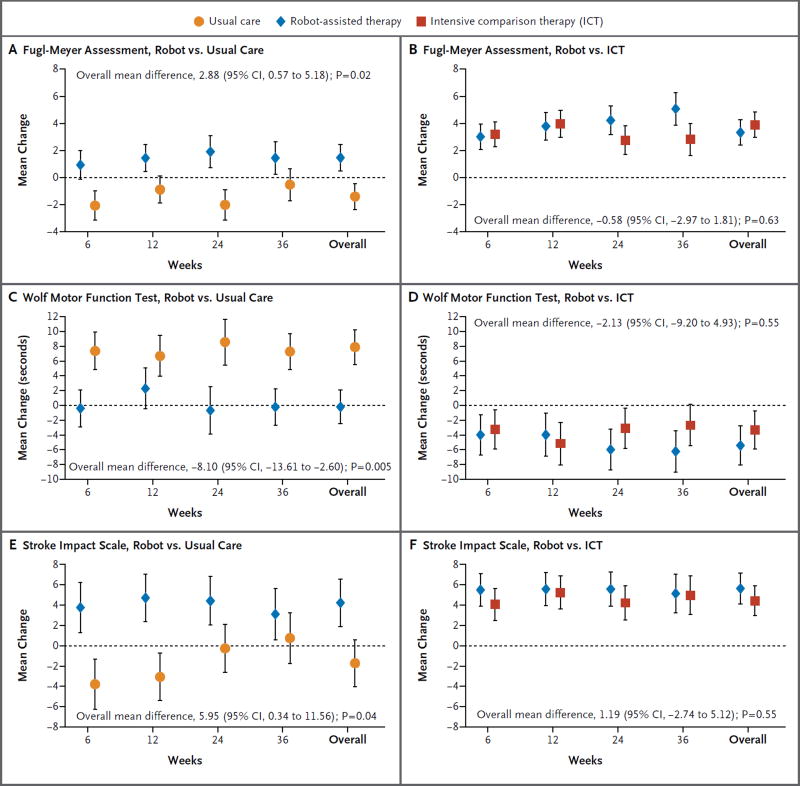Figure 2. Changes in Primary and Secondary Outcomes during the 36-Week Study Period, as Compared with Baseline.
Data are least-squares means at each time point and overall. Values have been adjusted for baseline scores, the Comorbidity Disease Index, and the study site as a fixed effect. For between-group comparisons of scores on the Fugl-Meyer Assessment (Panels A and B) and the Stroke Impact Scale (Panels E and F), higher scores indicate better functioning. For comparisons of scores (time) on the Wolf Motor Function Test (Panels C and D), higher scores indicate worse function. During the 36-week period, patients receiving robot-assisted therapy had significantly better performance than those receiving usual care on the Fugl-Meyer Assessment and the Wolf Motor Function Test, but the between-group difference on the Stroke Impact Scale was not significant (P>0.022). Differences between patients receiving robot-assisted therapy and those receiving intensive comparison therapy (ICT) were not significant for any of the three tests. I bars indicate standard errors.

